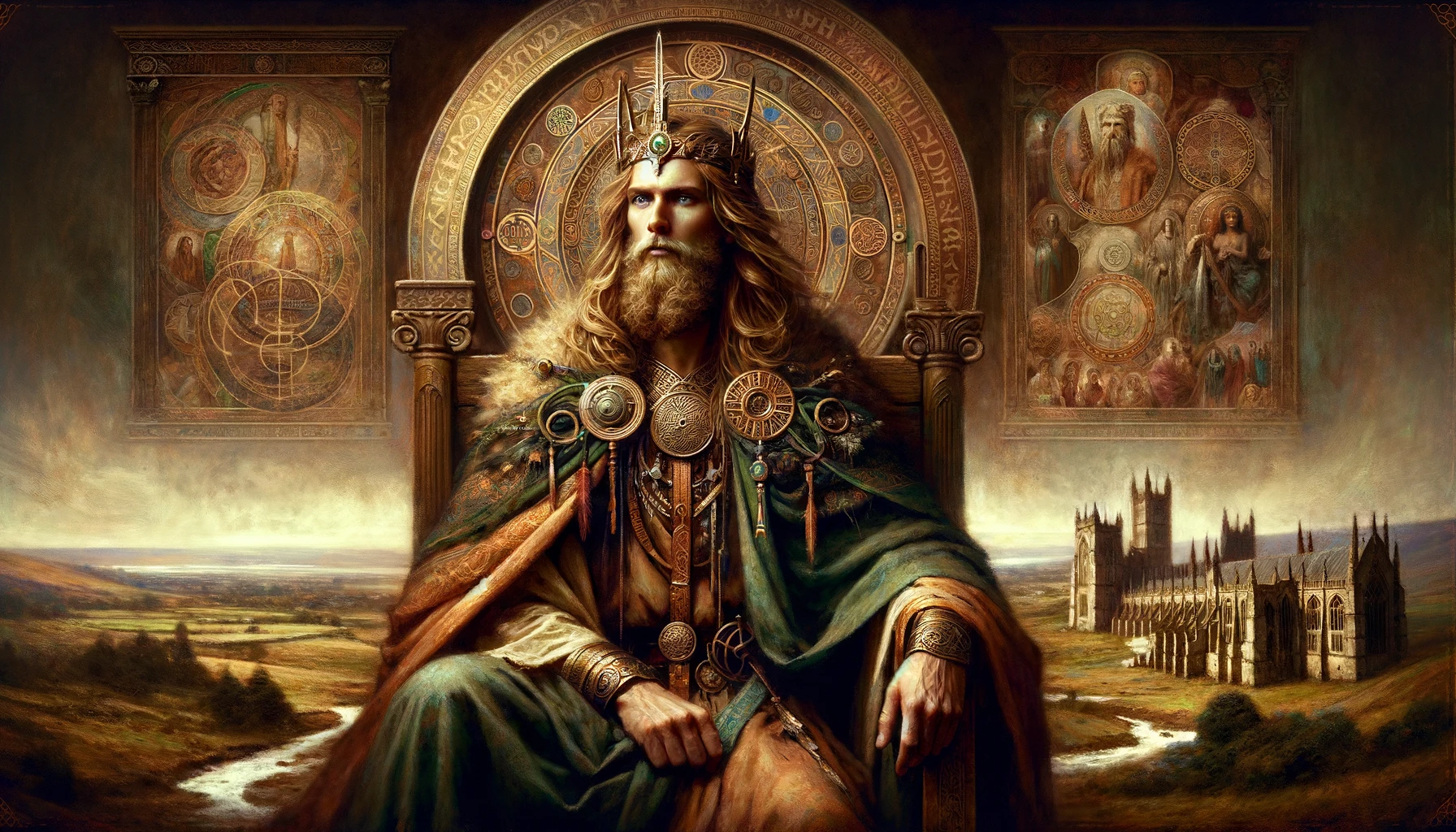Bladud, or Blaiddyd, is a figure from British legendary history, prominently featured in Geoffrey of Monmouth’s “Historia Regum Britanniae” (circa 1136). He is depicted as the son of King Rud Hud Hudibras and the tenth ruler following Brutus, the first king. Geoffrey aligns Bladud’s timeline with that of the biblical prophet Elijah, placing him in the 9th century BC.
Interestingly, a character named Bleydiud, son of Caratauc, appears in the Welsh Harley MS 3859 genealogies, suggesting that Geoffrey might have misinterpreted a fragment of Welsh genealogy. The Welsh form of Bladud’s name is Blaiddyd, which translates to “Wolf-lord.” In these texts, Bladud is credited with founding the city of Bath and being succeeded by his son, Leir (the inspiration for Shakespeare’s King Lear).
Bladud’s story was further developed in later centuries by authors like John Hardyng and John Higgins. According to Hardyng’s Chronicles, Bladud was educated in Athens, returned to Britain, founded a university at Stamford, Lincolnshire, and ruled for 20 years. He is also credited with creating the hot springs in Bath using magic, dedicating the city to the goddess Athena.
A notable part of Bladud’s legend involves his contraction of leprosy in Athens and subsequent healing. After returning to Britain, he was imprisoned due to the disease but escaped and worked as a swineherd near Bath. Observing that pigs wallowing in warm mud were cured of skin diseases, he tried the mud himself and was healed of leprosy. This story became a popular aspect of Bath’s history, especially when it became a fashionable spa resort.
Bladud is also associated with divination and necromancy. According to legend, he constructed wings to fly from the temple of Apollo in London but met a tragic end, either by hitting a wall or falling and breaking his neck. He was succeeded by his son Leir and supposedly buried in London.
